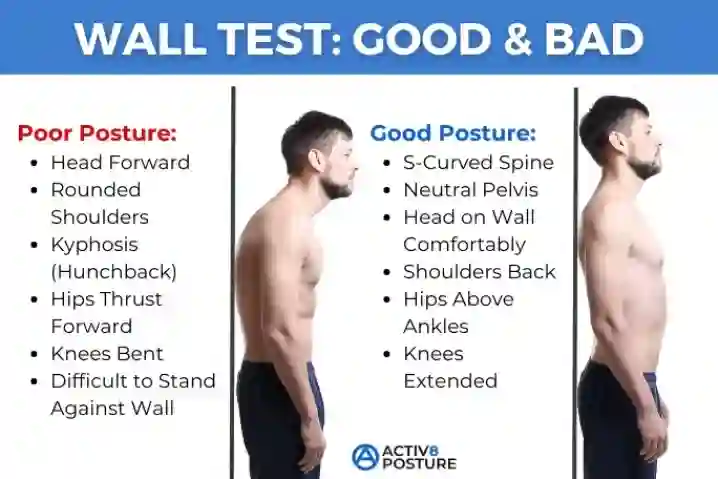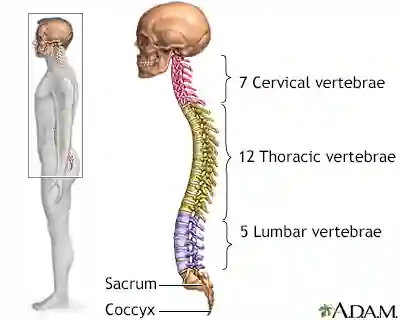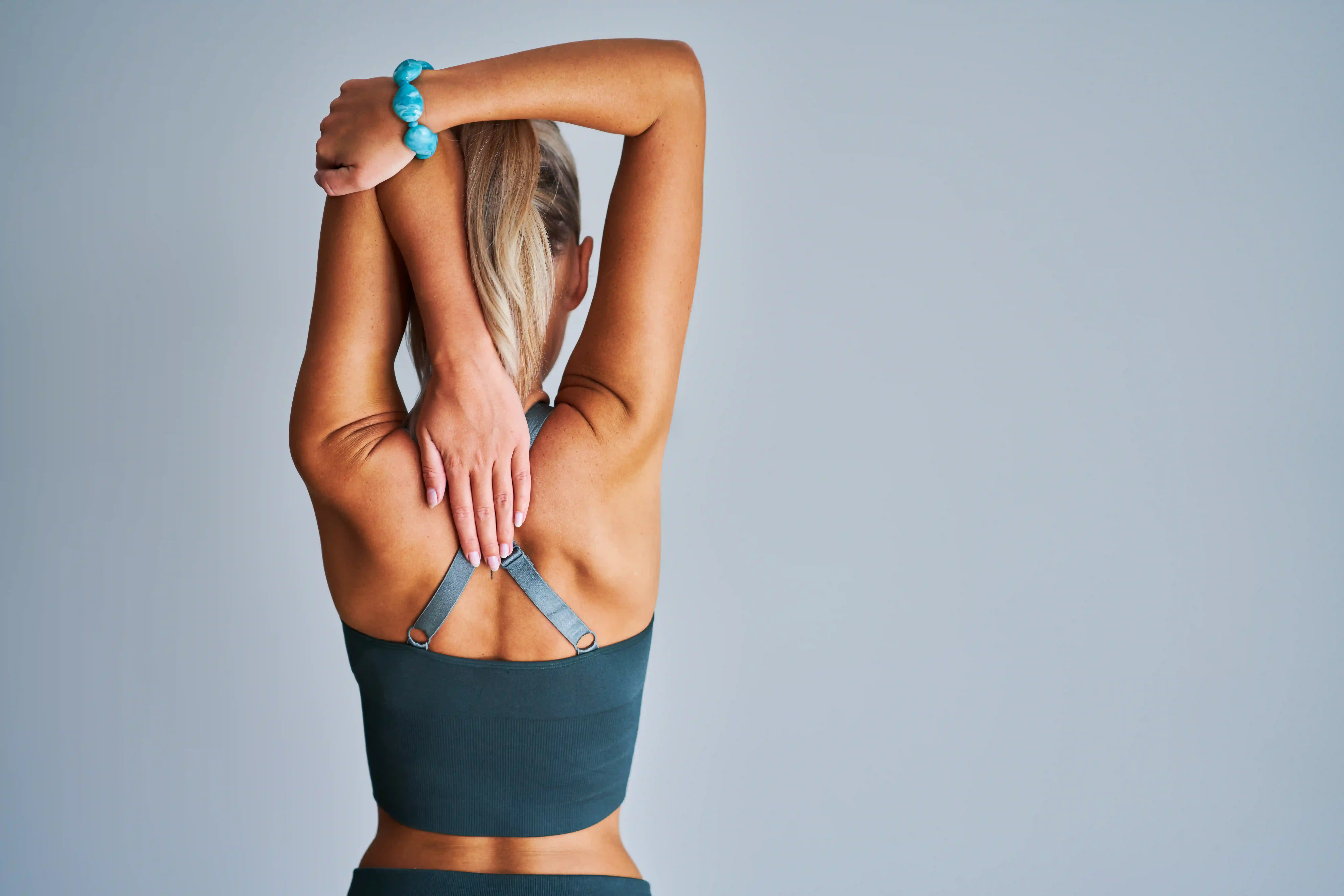In the era of modern technology, most of us find ourselves hunched over screens and desks for extended periods, unknowingly subjecting our bodies to the perils of poor posture. The consequences of this habitual slump include chronic back pain, spinal misalignment, and hunchback conditions, which can lead to severe health issues in the long run. Recognizing the dire need for a practical and effective solution to this growing problem, TheraPosture Corp has introduced the groundbreaking Posturator—a portable posture-correcting product that promises to transform the way we think about spine health. Unlike the myriad of ineffective products flooding the market, the Posturator's innovative design harnesses the power of gravity to reverse hunchback and bad postures gently and naturally, maintaining perfect posture for users of all ages. In this article, we delve into the intricacies of this revolutionary device, exploring its unique features, the science behind it, and how it stands apart from its less effective counterparts.
At the heart of TheraPosture Corp's latest innovation lies a central spine-correcting profile embedded within a plush cushion. This device boasts the ability to correct posture through gravity alone, eliminating the need for cumbersome straps or braces. Unlike 95% of conventional products like posture braces that merely pull the shoulders toward the spine (Which is the wrong trajectory for posture correction), by contrast, the Posturator takes a holistic approach by focusing on pulling the shoulders in the trajectory of true correction which is directly backward relatively to the spine while the spine is held in the corrected position along the ‘spine profile’, effectively reversing the hunchback condition and maintaining optimal spinal alignment. The more it’s used, the more it corrects the posture to a perfect stance.
The primary objective of posture correction should be to address the structural elements of the body, starting from the pelvis and progressing upward structurally through each sequential vertebra, culminating in the neck (Cervix) and head. Gravity, as a natural force, plays a pivotal role in gently guiding this corrective process. As the Posturator supports the user's spine through its cushioned spine-correcting profile, the pelvis, spine, and shoulders are realigned, repositioning the entire body in a more balanced, healthy posture. The key here is that the reclined angle of the seat is what determines the intensity and/or comfort of the correction process. In turn, the user knows how their body feels and they can make the adjustments instantly according to their preferences.

To understand the significance of the Posturator, it's essential to delve into the intricacies of bad posture and its effects on the body. Bad posture is often characterized by a hunched or slouched position, primarily caused by prolonged periods of sitting or poor ergonomic design. Over time, the muscles and tendons associated with the pelvis, spine, rib cage, shoulders, and neck can become imbalanced and strained, leading to discomfort and, eventually, structural misalignment.
Medical studies have shown that bad posture can adversely affect not only the musculoskeletal system but also the nervous system. This is critical to understand because it’s the initial root of the problem and opens the door to a host of problems, each with complexities of their own.
Poor posture can place undue pressure on the spinal nerves, potentially leading to chronic pain, reduced mobility, and diminished overall health. It can also impact the muscles and tendons responsible for supporting the spine, leading to further postural degradation.
In a market saturated with posture-correcting products, the Posturator stands as a beacon of innovation and efficacy. Approximately 95% of products in the spine-health marketplace fall short of their promises, often functioning as little more than shoulder braces that fail to address the root causes of bad posture.
One of the critical differentiators of the Posturator is its focus on pulling the shoulders directly backward, in stark contrast to conventional products that merely pull the shoulders toward the spine. This fundamental distinction is crucial for achieving effective posture correction. The Posturator's unique design not only addresses the issue of spine curvature but also actively reverses hunchback conditions, offering users a comprehensive solution.

For users seeking to maximize the benefits of the Posturator, establishing a baseline is crucial. This involves taking X-rays of the spine to assess its current condition. These initial images serve as reference points for tracking progress throughout the correction journey.
The next step involves incorporating the Posturator into daily life as much as possible. Whether you're working, driving, or simply relaxing, the Posturator can be used on any chair, seat, or couch. As users become acclimated to the device, they'll notice that the relevant muscles and tendons associated with the pelvis, spine, rib cage, shoulders, and neck begin to stretch by gravity toward the desired correct posture.
To optimize this process, it's advisable to perform stretching exercises before using the Posturator and gradually increase the intensity as your body adapts. These stretches allow the tendons and muscles to be more limber thus, facilitating the correction trajectory of the skeleton toward perfect posture. Depending on the severity of the hunchback condition, the correction may take a few days to a few weeks. However, since each person’s body is unique, the Posturator allows users to adjust the recline angle, progress should be measured in the resulting degrees of posture correction rather than time.
To gauge progress accurately, users can take and compare additional X-rays from the same viewpoint as progress is made. Ideally, the vertebrae should display a smooth, uninterrupted flow, reflecting the natural, organic trajectory of the spine. This iterative cycle of progress and checks ensures that users can safely and confidently pursue realistic milestones until they achieve their desired perfect posture.
Frequent stretching, particularly in the relevant areas, plays a pivotal role in the correction process. It enhances the flexibility of the muscles and tendons, making it easier for the body to adapt to the corrective changes. Additionally, proper nutrition is crucial when embarking on any physical improvement journey. Muscle memory is a significant factor in achieving and maintaining the desired posture. By keeping the body in a specific position, as facilitated by the Posturator, muscle memory gradually reinforces the corrected posture, essentially reprogramming the memory of the associated tendons and muscles.
